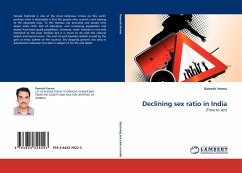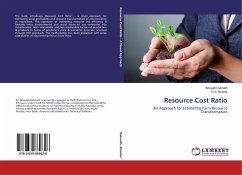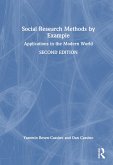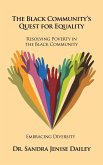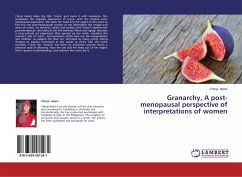The Indian sex ratio has shown a secular decline since beginning of the 20th century, with exceptional improvements during 1951, 1981 and 2001.The female sex ratio is continuously decreasing from 1961 (941 per 1000 male) and now in 2011 it is 940 per 1000 males. Similarly, the child sex ratio (0-6 age) decreased from 976 to 914 per 1000. The child sex ratio in Rajasthan is declining from the last three decades; it was 915 and 910 in 1991, and 2001, respectively. At present in 2011 it is 883 per 1000 boys (0-6 year). The study is an attempt to understand the socio-cultural factors of the female foeticide or decline sex ratio. The purpose of the study was to identify status of the girl child in Indian society; it is an assessment of the knowledge, awareness and practices of the community which are responsible for the decline sex ratio in India. Rajasthan, the desert state of India, was selected for the study. It is a cross-sectional study (rural and urban) and determined factors for female foeticide. Total 329 respondents from different categories-.Married Women, Abortion Users, Married Male and Unmarried Girls, were selected for the study.
Bitte wählen Sie Ihr Anliegen aus.
Rechnungen
Retourenschein anfordern
Bestellstatus
Storno


